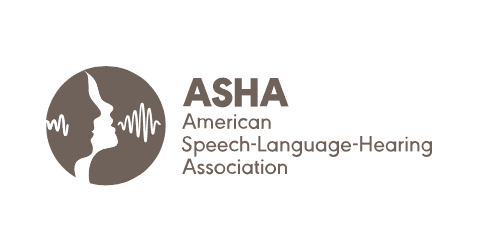With virtual meetings becoming a critical tool for US workers in the wake of the COVID-19 pandemic, people with—and without—hearing loss may experience new communication challenges.
By taking some simple steps, people with hearing loss—as well as meeting organizers and colleagues without hearing loss—can optimize the effectiveness of virtual meetings, according to an announcement from the American Speech-Language-Hearing Association (ASHA):
- Make Time for Introductions. Start each meeting with a few minutes of general conversation. This allows people to share information and updates with one another, unrelated to the meeting agenda, before focusing on the specific meeting topic. This can give people with hearing loss a few minutes to make sure they can hear everyone appropriately and make any necessary adjustments to their equipment.
- Use Video. Whenever possible, use a virtual meeting platform that allows for the use of a webcam, and encourage all participants to utilize the webcam option. The availability of visual cues for people with hearing loss, and even those without hearing loss, aids in understanding conversation.
- Check Lighting. Participate on video calls in a room with good lighting. When using a webcam, it is best to have lighting in front of you rather than behind you. If all of a room’s lighting (electronic or natural) is projected from behind a person and toward a webcam, it makes their facial features difficult to see, hampering others’ ability to use visual cues.
- Keep Your Mouth Unobstructed. Try to keep hands, hair, and clothing away from your mouth/face. Project when speaking so that listeners have the best opportunity to hear and understand.
- Use the Mute Button. When you aren’t speaking, keep your microphone muted. When multiple people are participating in an online meeting, the collective of background noise from each participant’s home as well as sounds of typing, eating, and so forth, can be highly disruptive.
- Wait Your Turn. Don’t interrupt others, as it is harder to shift listening from one speaker to the next in a virtual meeting. When it’s your turn, strive to be as concise as possible and then allow the conversation to shift to the next person in line. Waiting your turn ensures that everyone has an equal opportunity to express their thoughts without having to try to talk over another person.
- Share Your Screen. If the meeting is focused on a particular document or resource that you are presenting, consider sharing your screen, so that all attendees can view the document or resource in real time. Use your computer mouse to help highlight key areas or information you are discussing, or use the mouse as a digital pointer, circling the section under discussion.
- Record Your Meeting. If you are the meeting organizer, consider recording the meeting. Let attendees know that the meeting is being recorded and where they can access it after the meeting. Because some attendees may experience network connection issues or have their calls dropped, it is useful to be able to share the recording with attendees for those people who missed a segment of the discussion or presentation.
Specific to people with hearing loss, these additional tips can be helpful, too:
- Use Earbuds/Headphones with Computer or Other Device. Many earbuds and headphones have noise-canceling technologies that can make it easier to hear the dialogue in the meeting, without needing to increase the volume, and reduce the background noise of your setting. You may want to experiment with different styles of headphones to identify which style affords you the best listening experience.
- Sync Up with Hearing Aids. If you wear hearing aids, ask your audiologist if there is a connectivity option that would allow your hearing aids to connect via Bluetooth directly to the device you use for virtual meetings.
- Speak Up. Remember: Good communication is a universal right for all. Be sure to talk to your employer and advocate for yourself if you are not able to hear or understand. If you are struggling to hear, there may be others who are struggling, as well. You don’t want to miss important assignments, information, updates, or knowledge necessary for your participation during and after the meeting.
If you are already being treated for hearing loss, work with your audiologist to address the communication challenges you are experiencing. They may be able to assist over the phone or virtually. If you suspect you have a hearing loss, contact an ASHA-certified audiologist for a hearing evaluation, as soon as it is safe to be scheduled, to address your hearing-related concerns. For more tips to improve your listening experience, click here. To find an audiologist, visit: www.asha.org/public.
Source: ASHA





